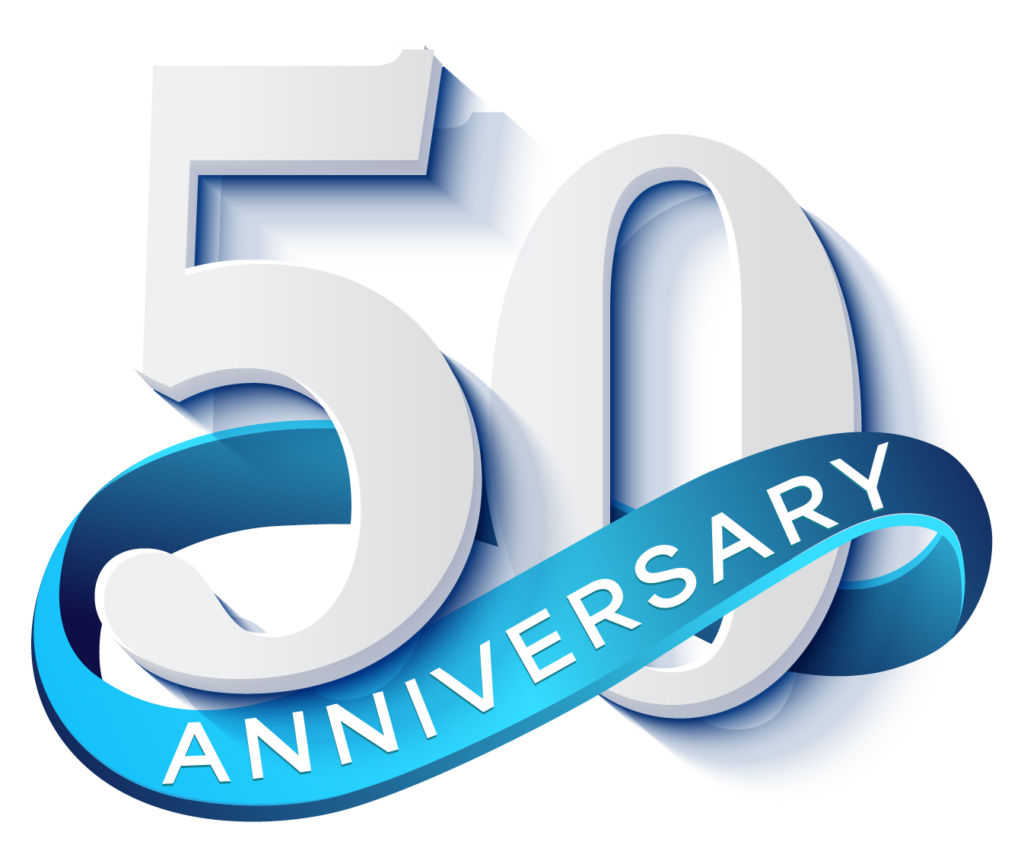Communication within team-building is the lifeline that connects every individual within an organization, fostering unity and collaboration. Effective communication team-building activities play a crucial role in nurturing this connection, ensuring every voice is heard, and every idea shared.
Picture a team where openness and clear dialogue thrive; leaders are better equipped to guide, team members feel valued and unified, and the organization sees a tangible boost in productivity and morale. On the other hand, poor communication can lead to misunderstandings, isolation, and a decline in overall performance, impacting not only the team’s cohesion but also hitting the bottom line hard.
In this blog post, we will understand the importance of communication and team-building activities and explore how they can transform your workplace. By the end, you will gain valuable insights into the benefits of improved communication and teamwork, empowering your winning team to achieve greater heights.

Establishing a Foundation
Establishing a solid foundation is the first step toward cultivating a culture of open communication and effective teamwork within any organization.
Building Trust in Teams
Fostering trust among team members is essential for a cohesive and productive work environment. Teams with high levels of trust are noted to be more productive and more engaged, according to a report by the Harvard Business Review. Here’s how to get started.
1. Icebreaker Activities
Icebreaker activities are excellent for warming up team interactions and breaking down initial barriers. A study by MIT found that structured icebreaker questions can enhance team performance. Examples include “Two Truths and a Lie,” where members share two true statements and one falsehood about themselves, prompting others to guess the lie. These activities encourage open communication, helping team members feel more comfortable and connected.
2. Trust Falls and Beyond
Traditional trust-building exercises like trust falls have been a staple because they can boost team collaboration. However, moving beyond trust falls, activities like collaborative problem-solving tasks and escape room challenges have been shown to create stronger, more resilient bonds. These activities require participants to rely on each other’s strengths, fostering a deeper sense of trust.
Understanding Team Dynamics
Understanding the unique dynamics within a team is crucial for ensuring smooth collaboration and optimal performance. Teams aware of their dynamic processes are more effective in achieving their objectives.
1. Personality Assessments
Implementing personality assessments for work teams can provide valuable insights into individual team members’ working styles and preferences. The Personalysis assessment tool allows you to achieve each member’s full potential in your organization, team, or leadership through a comprehensive understanding of personality traits.
The Personalysis profile provides a full picture of your personality in different situations, offering a view of three distinct and separate aspects. This tool helps team members attain the fundamental confidence necessary for their well-being, communicate effectively with others, and express their purpose and passion through action. By using a common language and straightforward terminology, team members can better express their intent and needs, fostering clearer communication.
Take the next step towards unparalleled growth and create a strong foundation for positive change and success within your team. By choosing the scientifically-backed Personalysis assessment, you’re opting for a verified personality test trusted by many.
Learn More About Personalysis Today and Unlock the Full Potential of Your Team!
Improving Verbal Communication
Strong verbal communication is pivotal to the success of any team, enabling clear understanding and reducing the likelihood of misunderstandings.
Effective Listening Exercises
Improving listening skills is critical for ensuring that every team member feels heard and acknowledged. Here are some communication exercises to elevate active listening within your team.
1. Active Listening Techniques
Active listening is not just about hearing words but comprehending the full message being conveyed. Implementing techniques such as summarizing and reflective listening can improve mutual understanding, according to a study titled Communication in Organizations, by Dalmar Fisher. Encourage team members to paraphrase what others have said and reflect on their thoughts and feelings. This practice not only clarifies communication but also fosters a respectful and attentive environment.
2. Communication Styles Workshop
Organizations can benefit from workshops that explore various communication styles. These workshops can include role-playing exercises where participants practice assertive, passive, and empathetic communication, allowing team members to recognize and adapt to different communication preferences. This knowledge facilitates smoother and more efficient interactions across diverse teams.
Enhancing Public Speaking Skills
Proficiency in public speaking is essential for conveying ideas convincingly and motivating teams. Here are some targeted activities to boost these skills.
1. Storytelling Workshops
Storytelling workshops focus on crafting and delivering compelling narratives. Stories can increase audience retention. Through these workshops, team members can learn to structure their messages more engagingly and memorably, enhancing their capacity to persuade and inspire others. Participants can practice delivering their stories in front of small groups or the entire group, receiving constructive feedback to refine their techniques.
2. Impromptu Speaking Sessions
Impromptu speaking sessions challenge team members to think on their feet, a valuable skill in dynamic work environments. By regularly practicing your impromptu speaking skills, you can improve your verbal agility. These sessions simulate scenarios where participants must present ideas spontaneously, helping them become more confident and articulate speakers. Regular practice enables team members to handle unexpected questions and discussions with poise and clarity.
Nurturing Non-Verbal Communication
Effective team communication extends beyond words; it encompasses the subtle cues and signals of non-verbal communication. By honing these skills, teams can achieve a deeper level of understanding and cohesion.
Body Language Activities
From individual meetings to team presentations, body language plays a significant role in conveying meaning. Here are some ways teams can focus on their non-verbal communication skills.
1. Mime and Mirroring Exercises
Mime and mirroring exercises are powerful tools for enhancing body language awareness among team members. According to a study published in the Journal of NeuroImage, kids who engage in mirroring exercises experience an increase in empathy and non-verbal recognition skills. While this study was conducted on children, the same principles can apply to adults. Team members can practice mimicking each other’s gestures and facial expressions, facilitating a more profound understanding of non-verbal cues. This activity not only sharpens non-verbal communication but also strengthens the emotional connection within the team.
2. Non-Verbal Charades
Non-verbal charades, a communication team-building activity that involves conveying messages without words, can significantly improve the ability to interpret body language. This exercise forces participants to rely entirely on facial expressions, posture, and gestures, leading to more accurate and effective communication skills within their team environment.
Visual Communication Challenges
While body language is a crucial component of non-verbal communication, visual aids such as graphs, charts, and videos can also play a significant role in conveying information. Here are some straightforward nonverbal communication games to enhance these skills within your team.
1. Pictionary for Teams
Pictionary for teams is an interactive virtual game that enhances visual communication skills through drawing and interpreting images. By drawing clues and guessing them, team members develop a shared visual vocabulary, making it easier to convey complex ideas quickly and effectively during collaborative tasks with as few words as possible.
2. Collaborative Drawing Projects
Collaborative drawing projects encourage teamwork and creativity while bolstering visual communication. In these projects, team members work together to create a unified drawing, requiring them to align their visions and communicate their concepts visually. The shared effort not only improves visual articulation but also builds a stronger, more cohesive team mentality.
Virtual Team Building
Virtual team-building is crucial in today’s increasingly remote work environment, ensuring that team members remain connected and engaged despite physical distances. Employing innovative team communication activities can foster a sense of unity and collaboration.
Remote Communication Games
Remote employee engagement and team-building games are an entertaining and effective way to boost team morale and encourage communication in virtual teams.
1. Online Escape Rooms
Online escape rooms provide an exciting and interactive way for remote teams to collaborate and problem-solve together. A PhD dissertation by the Embry-Riddle Aeronautical University reveals that escape room participants improve their teamwork skills. Teams must communicate effectively to solve puzzles and escape within a time limit, which enhances their ability to work cohesively under pressure. Additionally, the shared experience of achieving goals strengthens camaraderie and trust among team members.
2. Virtual Scavenger Hunts
Virtual scavenger hunts offer a dynamic and engaging way for remote teams to build connections. Participants search for items or complete tasks in their home environment, encouraging creativity and spontaneity. This type of teamwork promotes a sense of achievement and unity, essential for maintaining a positive remote workplace culture.
Cultivating Connection in a Digital World
When it comes to the digital space, you must learn how to cultivate connections despite vast physical distance:
1. Video Conference Icebreakers
Video conference icebreakers are essential for fostering team spirit in remote settings. A study highlights that icebreakers can improve initial team interactions, making them more meaningful and effective. Simple activities like “two truths and a lie” or virtual coffee breaks help team members get to know each other better, easing communication barriers and making future collaborations smoother and more productive.
2. Virtual Team Challenges
Virtual team challenges are instrumental in boosting team coherence and collective problem-solving capabilities. These challenges can include online trivia games, collaborative projects, or fitness challenges, which require consistent communication and coordination. Participating in these activities enables remote teams to develop a deeper connection, ensuring they can work together effectively despite geographical barriers.
Conflict Resolution Activities
Conflict resolution is pivotal for maintaining a harmonious and productive team environment. Addressing conflicts effectively can transform potential disruptions into opportunities for growth and stronger collaboration.
Role-Playing Scenarios
Role-playing is not only for our childhood imaginations. Role-playing scenarios can improve team members’ conflict-resolution skills by allowing them to practice and experience different perspectives in a safe environment.
1. Addressing Miscommunications
Role-playing scenarios are effective for addressing miscommunications within teams. Most workplace conflicts are rooted in communication breakdowns. By simulating real-life situations where miscommunications commonly occur, team members develop skills to navigate and clarify misunderstandings, resulting in clearer and more concise communication. Participants practice active listening and articulate feedback, which, in turn, reduces the likelihood of future miscommunications and fosters a more transparent and reliable communication culture.
2. Resolving Team Conflicts
Resolving team conflicts through role-playing helps team members practice conflict resolution strategies in a controlled environment. Teams that engage in conflict resolution training see a significant improvement in dealing with interpersonal disputes. Role-playing these scenarios allows employees to understand different perspectives and work collaboratively towards mutually beneficial solutions. Engaging in these exercises strengthens the team’s ability to handle conflicts constructively, leading to enhanced cooperation and a more cohesive work environment.
Building a Culture of Constructive Feedback
Constructive feedback is crucial for continuous improvement and growth within a team. Creating a culture of open and honest communication helps prevent conflicts while promoting professional development.
1. Feedback Loops
Establishing feedback loops is essential for creating an environment where constructive feedback is both given and received effectively. Feedback loops involve regular, structured opportunities for team members to provide and receive feedback. This iterative process not only helps in identifying and addressing issues promptly but also promotes continuous improvement and personal development within the team.
2. Peer-to-Peer Feedback Exercises
Peer-to-peer feedback exercises empower team members to offer and receive critical insights from their colleagues. These exercises involve team members providing constructive feedback to other team members in a supportive and respectful manner, enhancing mutual understanding and respect. This practice leads to improved individual performance, stronger relationships, and an overall more motivated and engaged workforce.
Summary
Fostering strong teamwork and effective communication in a workplace is not just essential but absolutely achievable with the right activities and a bit of creativity. Remember, as Helen Keller once said, “Alone we can do so little; together we can do so much.” By integrating these team-building exercises, your team can cultivate a sense of unity and purpose, regardless of the distances that separate them.
To take your team’s collaboration to the next level, consider our Personalysis assessment tool. It’s designed to provide deep insights into individual and team dynamics, ultimately enhancing productivity and interpersonal relationships within your team.
Learn More About Personalysis Today and Unlock the Full Potential of Your Team!



